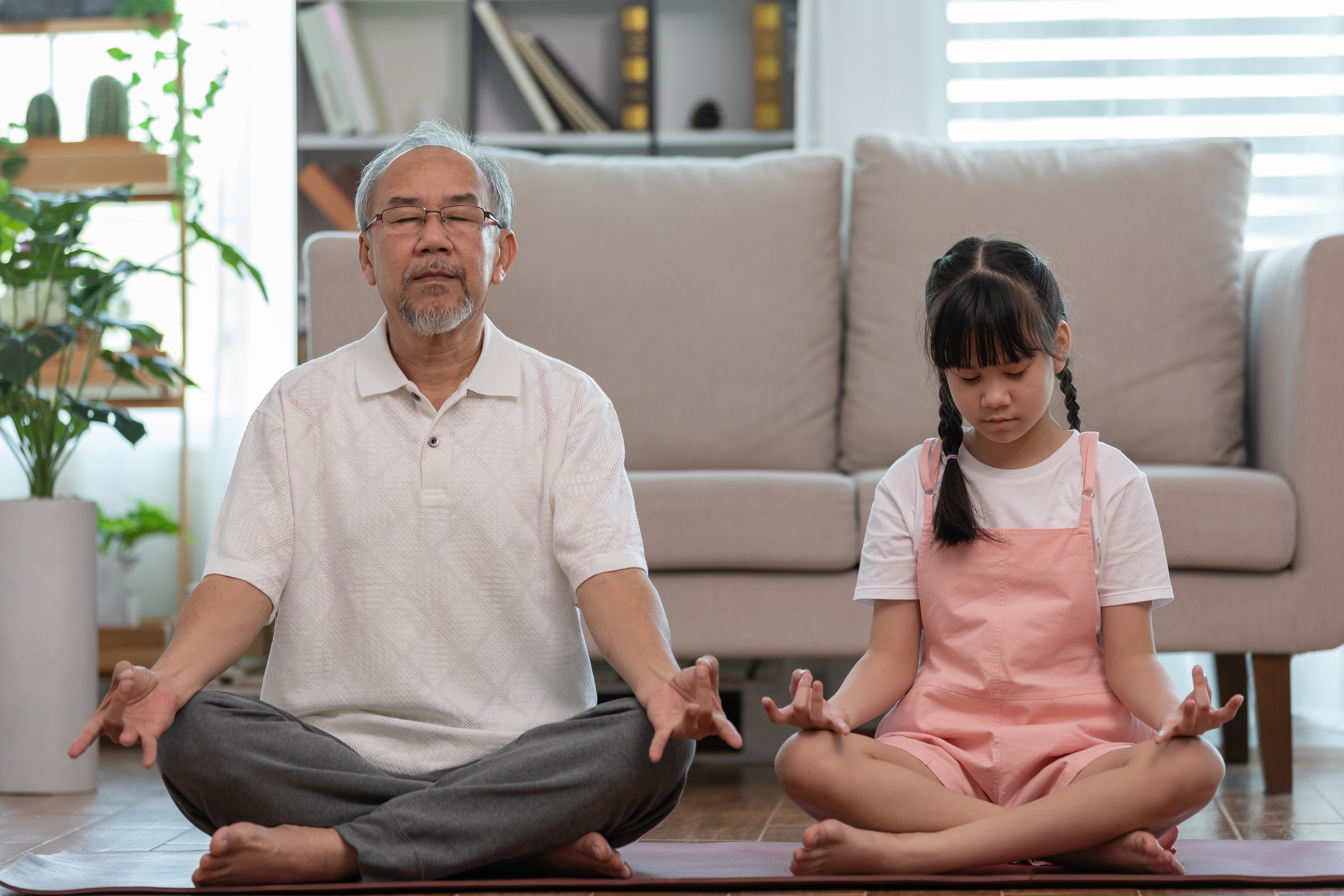Checklist for Moving into Assisted Living

Moving to a senior living community is one of the biggest challenges in our lives. Once you’ve chosen an assisted living community to move into, that’s still only the first part of the battle. Fortunately, there are ways to make the rest of the process easier for everyone else involved.
Here is a 7-step checklist for moving into assisted living that will help streamline the transition for older adults. How every individual handles each step will differ. Still, every successful transition to a new living space has these qualities in common: honesty, communication, and remaining in tune with each person’s unique needs.
STEP 1: Have an Open and Honest Discussion About Expectations
Plan an open, honest discussion between all parties involved to get everyone on the same page before the move. It’s essential that those involved – siblings, spouses, children, and anyone supporting the action - be included. Depending on the situation, it may be good also to have any physicians and healthcare providers in this discussion.
This is an excellent opportunity to discuss thoughts and plans for the future. It’s a chance to ask questions and discuss your concerns, so you’re on the same page with your checklist for moving into assisted living.
Emphasize that this conversation is about advocating for the health, safety, and well-being of the person moving. You must work together and approach the conversation as a united team, with their (or your) best interest as a priority.
STEP 2: Assess Your Financial Situation
Once you are confident of the community you are moving into, you can take some time to crunch the numbers and determine what size floor plan is affordable for you.
Many people find that developing a budget helps them prioritize their needs for their checklist for moving into assisted living and feel more in control. It’s essential to be realistic about your current money and determine what will be available, so finances don’t become a burden later. People choose to pay for care in many different ways. Some of those ways include:
- Savings and investments
- Long-term care insurance
- Government assistance (Medicaid)
- Veteran’s benefits (for veterans and their spouses)
- Renting, selling, or taking out a reverse mortgage on your prior home
- Support from family members
- Life settlement (selling an existing life insurance policy)
STEP 3: Be Involved in the Packing Process
For the next part of your checklist for moving into assisted living, leave ‘Home’ behind the right way. Many seniors will find it helpful to say farewell to their past living situation. Having some closure—like taking part in the downsizing process—can help ease you into the next stage without feeling too abrupt or rushed.
If you can make the moving process positive, you can focus on all the good times you had there and cherish those memories in the new residential community. When you’re part of this process, you can decide better what’s important to keep, what to take, and what was once enjoyed but is no longer needed. Being in control and having choices fosters a sense of identity and comfort.
Here are a few things you need to be sure you have:
- Toiletries (toothbrush, toothpaste, lotion, shampoo, etc.)
- Clothing (hangers, sweaters, slacks, shirts, etc.)
- Electronics (cell phone, alarm clock, coffee maker, computer, etc.)
- Essentials (eyeglasses, hearing aids, etc.)
- Decor for living room (area rugs, linens, small sofa, etc.)
- Keepsakes, knick-knacks, and other personal items
STEP 4: Move In!
Moving is a big deal, especially if it means leaving a family home behind. Whether you do this with family movers or a moving company, your next step is to make a move! Along the way, discuss feelings of grief, stress, vulnerability, loss, excitement, and being overwhelmed. Try not to downplay this situation. Recognize that this may be one of the most significant changes experienced. This situation must be given the proper time and consideration for each case; take breaks, and don’t rush.
The first thing you should do once you are all moved in is start decorating your new space! This is a great way to make it feel more like home immediately and is an essential step in your checklist for moving into assisted living.
STEP 5: Meet Other People
Now that you’re fully settled and moved in meet with team members, caregivers, and other residents to get a feel for the atmosphere and get to know those you will interact with daily. Team members should understand the process and see that it may be challenging; they are the frontline support system for residents. The other residents are always happy to welcome a new resident (and friend)! Don’t hesitate to ask questions!
STEP 6: Get Involved!
An active and positive social life is vital to mental and physical health. A common worry from children and families is that their parent or loved one will stay secluded in their apartment all day and not meet others. At the same time, part of the transitional period for many people involves needing alone time to reflect and adjust.
Everyone will handle the social aspect of senior living differently. Many senior communities offer opportunities to do something you love or learn something new daily. Having the right amenities and services can help you or your loved ones feel at home and live a fuller life, free of hassle and stress. Here are some examples of ways to get involved at St. Andrew’s for instance:
- Outings
- Social activities like crafts, happy hours, and more.
- Meals in the cafe with friends
- Monthly Brunch with Chef
- Coffee, juice, and homemade cookies are available all-day
- Maintenance-free living
- Wi-fi available in all public areas of the building and library
STEP 7: Create and Uphold a Schedule
For the final part of your checklist for moving into assisted living, creating and maintaining a schedule in your new community provides a sense of routine and things to look forward to. The plan should include regular family and loved ones visits and social activities and hobbies in the new senior community. Balance is essential here as it will allow for social time with fellow residents and other interests that can be enjoyed regularly in your new home.
Example Schedule:
- Wake up and get breakfast in the dining hall with friends
- Take a walk in the garden
- Read in the foyer
- Lunch
- Use the transportation to attend an event
- Watch a show with a friend in the TV room
- Attend a class
- Dinner
- Have some "me" time before bed
Let Us Help! Contact St. Andrew’s
Transitioning to a senior care community will be different for everyone; some may feel settled after a few days or weeks, while others may take months to feel comfortable and adjust to their new home. Give yourselves the time and opportunity to make the right decisions for you, utilize the resources available, and work through any issues as they arise when working on your checklist for moving into assisted living. If you are ready to schedule a tour, please contact us today!







